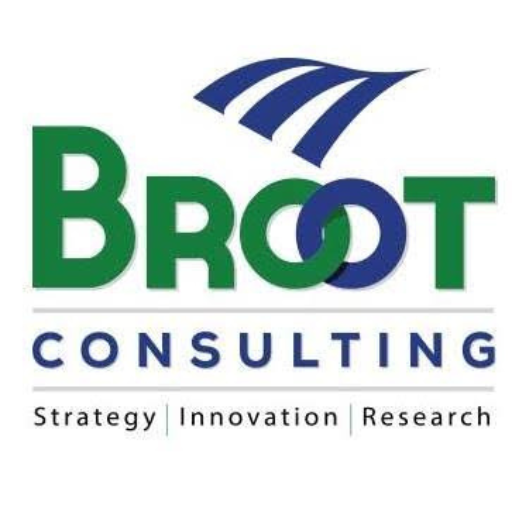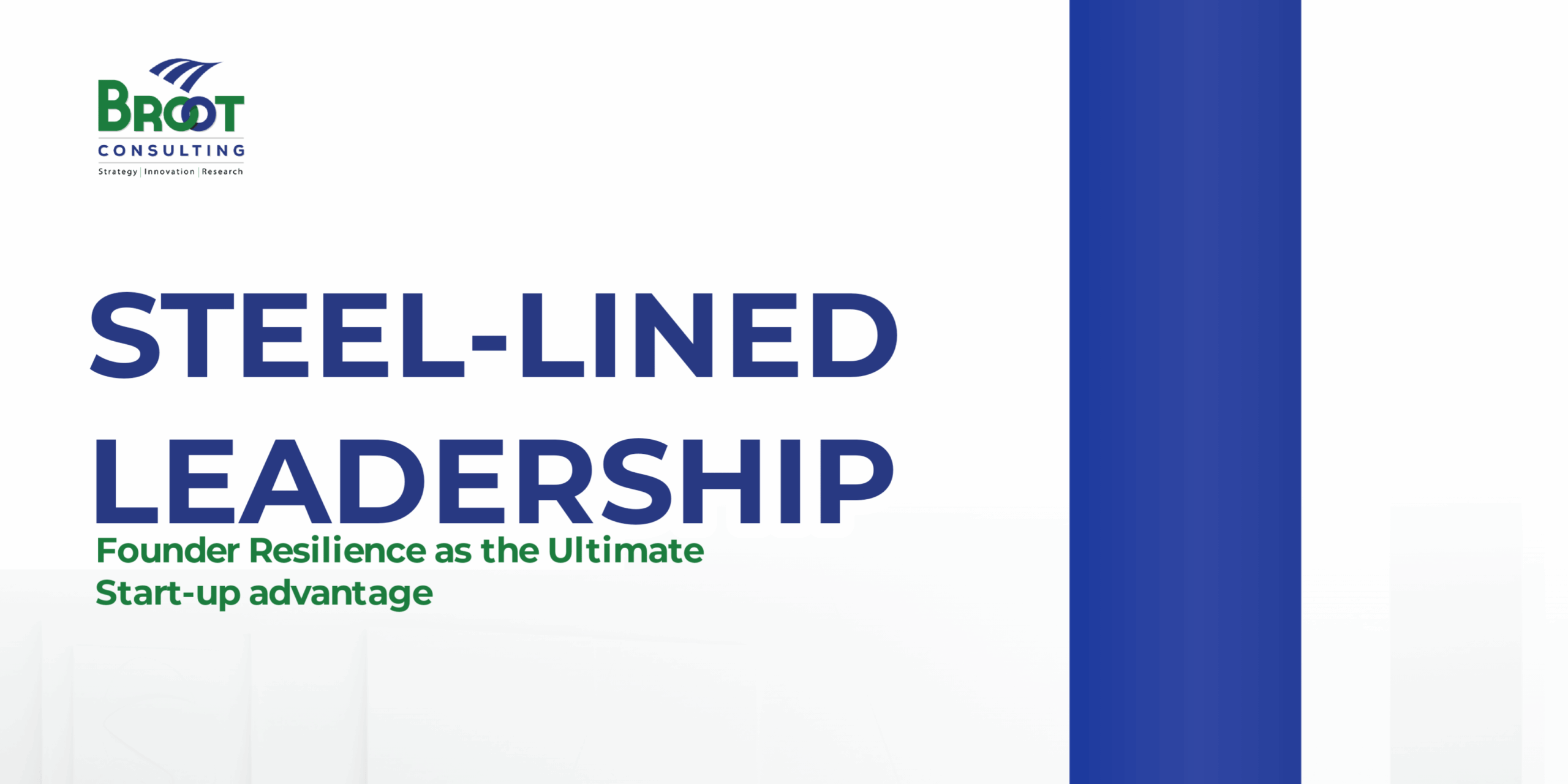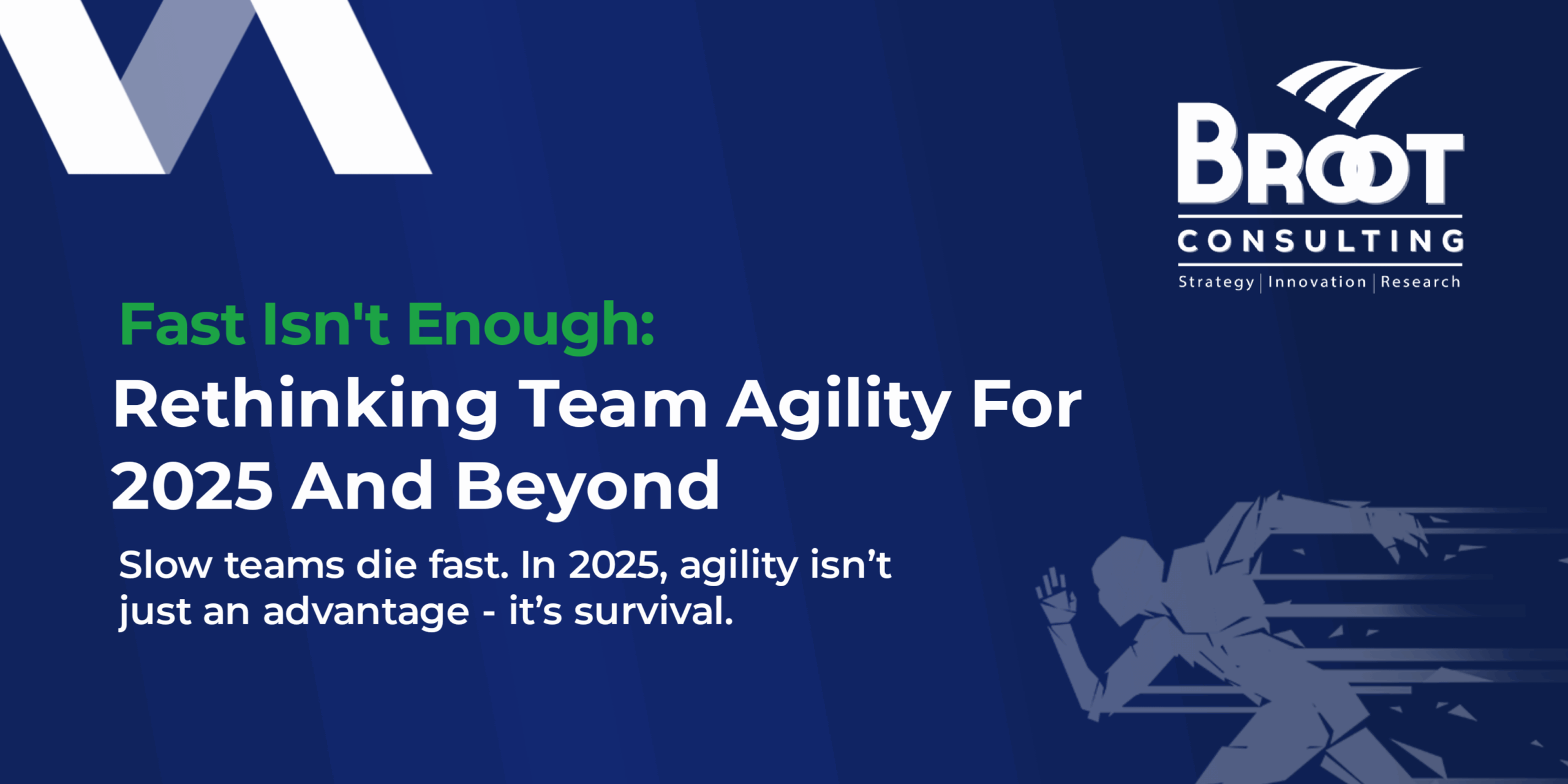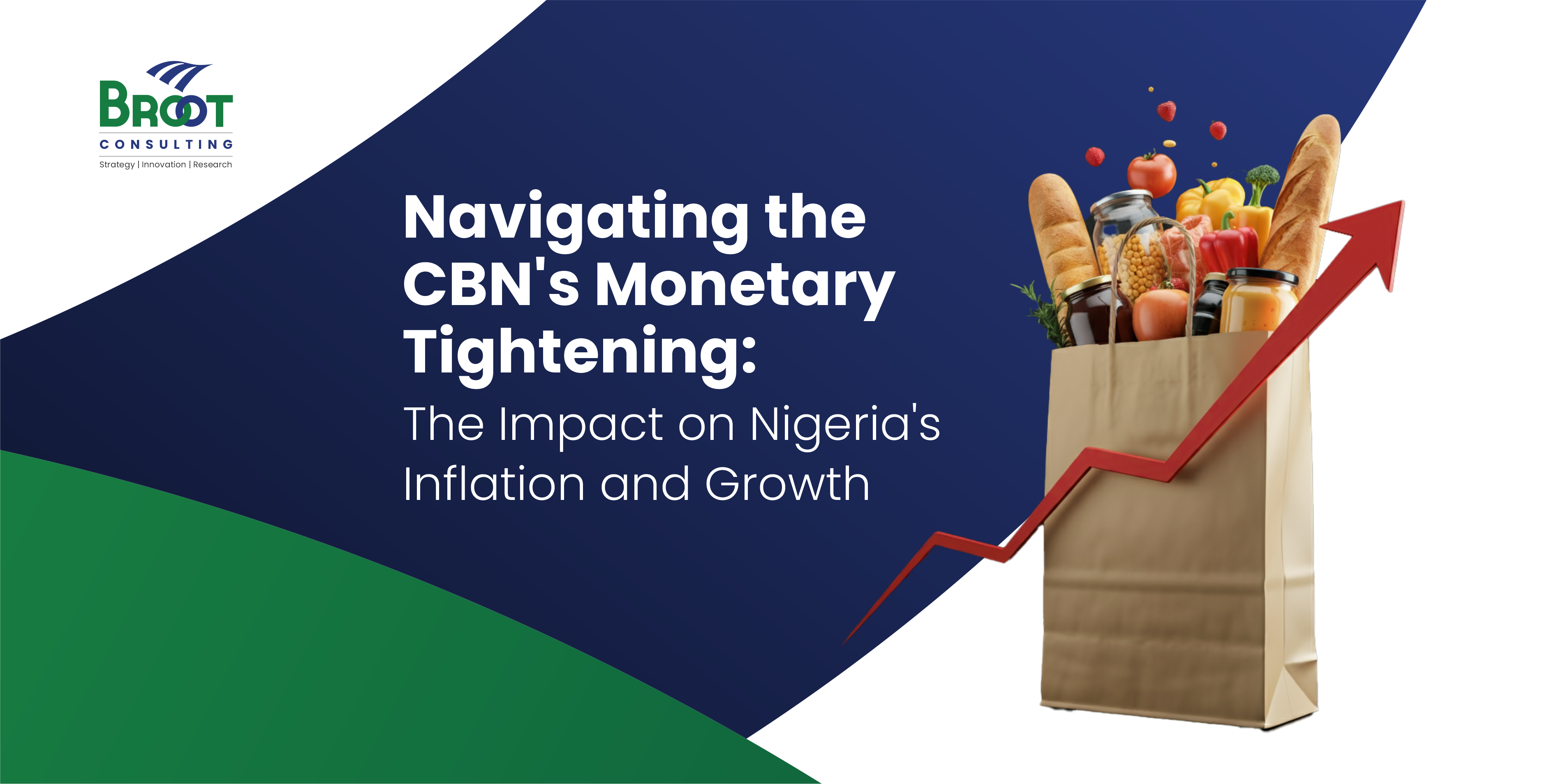“The most dangerous poison is the feeling of achievement. The antidote is to, every evening, think what can be done better tomorrow.” -Ingvar Kamprad.
Photocredit: Google Enormous life and operational challenges confront Organisations and Individuals, in the process, some get bent, and others get broken. The broken gets defeated while the bent get straightened through self-evaluation, discipline and elimination of the issues that got them into the problem. They come out strong, and we call them resilient because they were bent but not broken. Paul Azinger an American professional golfer and a TV golf analyst. A 12-time winner on the PGA tour, for 300 weeks he was in the top-10 of the official world ranking between 1988 and 1994. In December 1993, he was diagnosed with lymphoma (a type of blood cancer) in his right shoulder blade. After 8 months of battling with the disease, he made a return to the game of golf. However, things weren’t the same anymore; he was no longer winning prizes. Out of frustration, he approached a sports Psychologist- Bob Rotella. Bob listened to him very carefully, asked him to produce the videotapes of his games before he got diagnosed with cancer, in the tape he saw Azinger winning tournament after tournament. Bob: What did you think when you made all those shots? Azinger: I thought that I was the best player in the world and I was going to kick everyone’s butt. Bob: And what do you think when you play now? Azinger: I’ve thought that after cancer, I’m just happy to be alive, glad that I get a chance to play again. Bob: that is the problem, you are no longer thinking like a winner but rather as an opportuned player. After that, Azinger left Bob’s house with a changed mindset; he was determined to win again. He went straight to the Canadian Open and came second, then won his first tournament in Hawaii. Survival in the period of adversities and uncertainties: As you read this article, take a deep breath and ask yourself the following questions:
- Why do you think some individuals (like Azinger) and organisations recover from adversities, complexities and uncertainties and others don’t?
- What is the role of intentionality in bouncing back from failures?
- Finally, as a leader, how could you get your organisation to develop a culture that is resilient in the face of uncertainties?
Just like individuals, an organisation’s life journey will generally experience a transition from:
- one level of success to another, or;
- success to complete failure, or;
- success to set-back and back to prosperity.
Recently, in my interactions with some CEOs and Business Leaders, I asked a funny question; “where would your business be in 100 years?” majority was lost for words; few were able to passionately picture how great the organisation would have become after their demise. However, an interesting response was from one CEO: “Kunle, please let’s leave that generation to determine that, I am talking of surviving this period and ending my tenure well, and you are there talking of 100 years time, common!”
From my numerous studies, I discovered that resilient organisations abhor parochialism, they have a robust framework that prevents them from sleepwalking into disasters usually occasioned by lousy culture, wrong structure and unsustainable business strategy. Businesses fail when leaders are consumed with:
- That feeling of “I am also here” and the bandwagon effect. They lack authenticity and prefer the need to show off against value creation and delivery.
- The drive for success together with the fear of failure that pushes them to engage in illicit acts of deception and unethical practices- anything to make performance look good in the books.
- The “me first” and “Hezekiah mentality”. Shortsightedness: a sickness that makes an executive to be concerned only with what happens during his tenure. Therefore, they embark on easy fixes to problems that bring them short-term advantages. Most of their decisions are made to benefit themselves not minding that it may have a negative impact on future generations. Just like King Hezekiah’s statement after he got healed and fell back into hypocrisy and vanity.
“The time will surely come when everything in your palace, and all that your fathers have stored up until this day, will be carried off to Babylon. Nothing will be left, says the LORD. Moreover, some of your descendants, your flesh and blood, that will be born to you, will be taken away, and they will become eunuchs in the palace of the king of Babylon.” “The word of the LORD you have spoken is good,” Hezekiah replied. For he thought, “Will there not be peace and security in my lifetime?”-2King 20:17-19 Vision, Value, Culture and Behaviour for Organisation Resilience The leadership for an enduring organisation must intentionally develop core competence to anticipate, prepare, respond and adjust to changes and disruptions, and leverage them to survive and prosper. A resilient organisation is not a 100-meter fast-paced runner but marathon runners that demonstrates agility, endurance and ability to survive and flourish. Such organisations have a culture of flexibility, strategic alignment and adoptive innovation based on an innate skill for Foresight, Insight, Oversight and Hindsight. The foresight empowers them to predict the future; Insight gives them a deep understanding of situations, hindsight enables them to learn from the past and assist them in the future, while oversight allows control that protects vision and values. An enduring organisational success story is not a product of haphazard practice, but of robust processes, disciplined culture and sound oversight. Most family-owned businesses lack the resilience to metamorphose into multi-generations. Globally, 30% of family businesses make it to the second generation while 12% make it to the Third generation. However, in Africa, most family-owned businesses are single-generational, due to weak corporate governance framework, a poorly defined business model structure and a culture that promote mediocrity above merit, indulgence in complacency, unnecessary celebration, living in the past and the euphoria of the present. When a failure occurs, they are covered in sentiments, and the vicious cycle continues. The business does not go far, not because of disruption but because business leaders spent a lot of energy valuing vanity: trying to impress people with extravagant lives, and bequeathing the business to children who are either incompetent or not interested. Resilience and Failures of Companies in Nigeria: The Good and the Bad In Nigeria, banking institutions like First Bank Nigeria Plc, Union Bank, and Wema bank (Established 1894, 1917 and 1945 respectively) have been able to stand the test of time and lasted into third and probably the 4th generation. Leadway Assurance (1970), has succeeded to the second generation and waxing stronger even 20 years after the demise of the founder. The new generation banks like Diamond and FCMB have succeeded in crossing to the second generation (though retired, but the founder influence still helps). More modern banks like Zenith Bank and GTB holds a promising future to outlive their founders. What worked for the Nigeria first generation bank is the ability to combine consistency with flexibility successfully. Of the second-generation banks still in existence in Nigeria, UBA Plc (1949) was sensitive to the trend and got acquired by a much younger new generation Bank, Standard Trust Bank (1990). However, banks like Afribank (1959) could not sustain the turbulence and the competition from the new generation banks. In the manufacturing industry, a brand like Gala Sausage roll by UAC Nigeria Plc has existed for over 50 years, despite the war in the sausage roll market, it maintains market leadership despite severe threats from competitors. The Indomie brand by Dufil Nigeria Limited enjoyed the first mover advantage in the Instant Noodle business to the extent that other instant noodle brands like Dangote Noodles and Honeywell, floated by deep-pocket corporations have not been able to displace the Indomie Noodle brand. The same trend continues in the juice manufacturing sector. Companies like Chivita, continue to serve as the market leader to the discomfort of international brands like Five Alive by Coca-Cola. Ragolis water (1981) the market leader in bottled water has since lost his leadership to Eva water by Coca-Cola Company and Nestle water (2005) by Nestle Nigeria Plc. Resilience and Failures of Companies in Nigeria: The Ugly Ekene Dili Chukwu Transport Company (1977) was the toast of travellers in its hay days. It was the most preferred transport company for goods and passengers, however, after the demise of its founder, Chief Augustine Ejikeme Ilodibe in 2007, the vast empire, which was also involved in the distribution of Mercedes Benz trucks, cars, buses and spare parts have gone down the memory lane. There are other business empires that have crumbled: M.K.O, Abiola (the presumed winner of the Presidential election of June 12, 1993, in Nigeria); his business conglomerate included: ITT (Telecom), Summit oil, Concord Press, publisher of Concord Group of Newspapers, Concord Airlines, Abiola Farms, Wonder Loaf Bakery, and Abiola Bookshop etc. What about the legendary Henry Stephens Group owned by Fajemirokun, which comprises more than 20 companies in his lifetime. The conglomerate was sold to Indian businessmen, and the rest is history. The only trace of the Henry Stephens Group is a half-portrait of the ‘Great Fajem’ sitting lonely on the floor. Lastly in this discourse is The Odutola Business Empire, established by Chief Adeola Odutola and his brother. He was a pioneer industrialist, and his preeminence is so known that he was popularly called “Mr Industry” The former President and CIC, General Babangida on one occasion referred to him as the Grandfather of Nigerian Industry. His business empire from 1950 until his demise was vast: tyre retreading and manufacturing, confectionaries, a brewery, a supermarket and pharmaceuticals and major interest in Bayer Pharmaceutical; Unichem Nig. Ltd and Alcatel Kabelmetal. Unfortunately, the legacy did not endure because the children were not interested in the businesses, and retrogression commenced even before their exit. Understanding the Barriers to Organisational Resilience An organisation’s quest for resilience must begin with an aspiration that avoids disruption, which is only achievable when an organisation intentionally chooses to transform persistently, continually adapting itself to emerging opportunities and trends, continuously making its future rather than defending its past. Gary Hamel and Liisan Valikangas’s work: The Quest for Resilience, put it succinctly resilience organisation is where revolutionary changes happen in lightning-quick, evolutionary steps—with no calamitous surprises, no convulsive reorganisations, no huge write-offs, and no indiscriminate, across-the-board layoffs. In a genuinely resilient organisation, there is plenty of volatility, but there are no fatalities. Valuing Vanity and Celebrating Mediocrity: Life is not determined by the abundance and accomplishments of today but in the legacy we leave for the future. This requires sacrifice, perseverance and putting others first. The concept is simple when we understand that God created the world and designed it beautifully because he put us first. So, Business leaders should always ask if their practice is placing a premium on vanities of building a strong value proposition for customers. If an executive has the mentality of building their organisation to last, then they will continuously self-disrupt their model, and place less emphasis on vanity, on things that will abruptly terminate the lifespan of the organisation. Poor Risk Radar Strategy: failure to consider negative trends that could damage the reputation of the organisation either now or in the foreseeable future is a significant barrier to organisational resilience. A framework where information flows freely without using the hierarchical approach to stifle innovation is required. Information readily shared is key to generating the involvement and commitment of all employees. Self-Denial: Business leaders must create a culture where they are not entangled in the web of denial, nostalgia, and arrogance. Failure to be deeply conscious of the changing environment or unnecessary self-preservation scheme is a recipe for disaster. To succeed in the current disruptive environment, a company must free itself from unnecessary bravado The Tyranny of the Cabal: Occupying elite Leadership position brings prestige but also breeds sycophancy and mediocrity. The ability to become resilient is threatened when leaders only surround themselves with sycophants, against honest and committed individuals who are not afraid to say it as is nor tell the leader some unpleasant truth. A smart leader gets rid of such elements or completely neutralise their influence and power. Leaders should be wary of people who have a vested interest in their continued ignorance, those who fear that a full understanding of the operational environment would expose their incompetence or lack of commitment to the enterprise values. Decayed Strategies: resilient strategies demand that organisations develop a proactive approach to respond to the crisis in whatever form. No one should be stuck with established strategy, a leader with an innovative mindset recognises that with time, strategies get supplanted by better strategies, strategy gets exhausted and even expired. Deploying resources to optimise a business model that has lost traction is an injustice to the future of the organisation and the collective interest of its stakeholders. If renewal is to become continuous and opportunity-driven, as against sporadic and crisis-driven, companies must adopt a doctrine that goes with operational excellence and impeccable execution. Misalignment in Resources Allocation: Facing up to denial and fostering innovative ideas are significant first steps. However, they’ll get you nowhere if you can’t free up the resources to support a broad array of strategy experiments within the core business. As every manager knows, reallocating resources is an intensely political process. Resilience requires, however, that it become less so and that allocation should be driven by our objectivity. Conclusion The process of bouncing back requires deploying the power of intentionality in full force. This is no mean exercise; leaders must promote vigilance, continuous improvement and the free flow of information and be bold to challenge nepotism, mediocrity and complacency. At BROOT Consulting, we believe that mastering Organizational Resilience offers the best opportunity to pass the test of time, unlocking future prosperity and securing longevity. Those that learn to spring forward and not backwards deliver an enduring dividend to their company, employees, investors, customers and the society in general.





